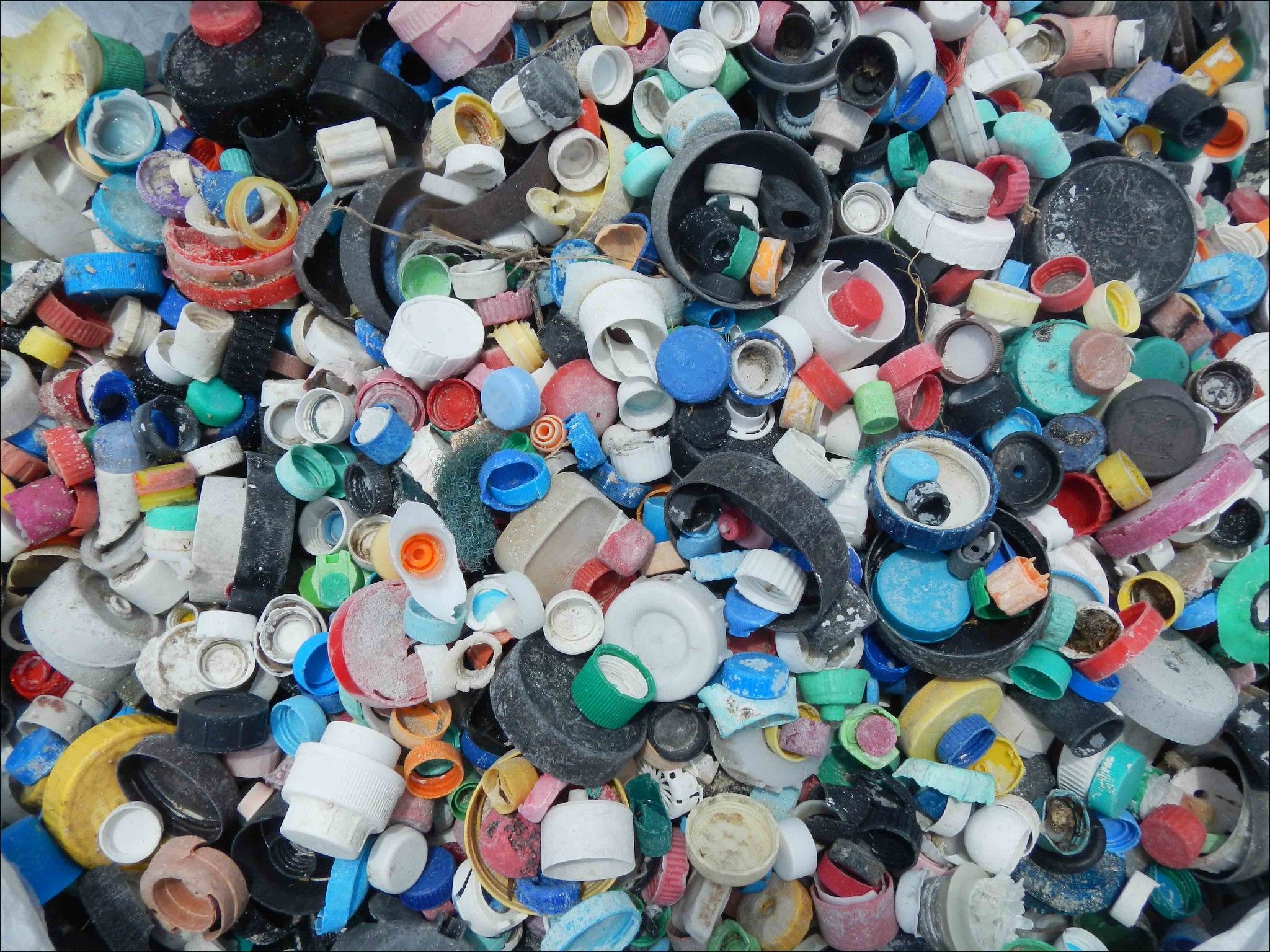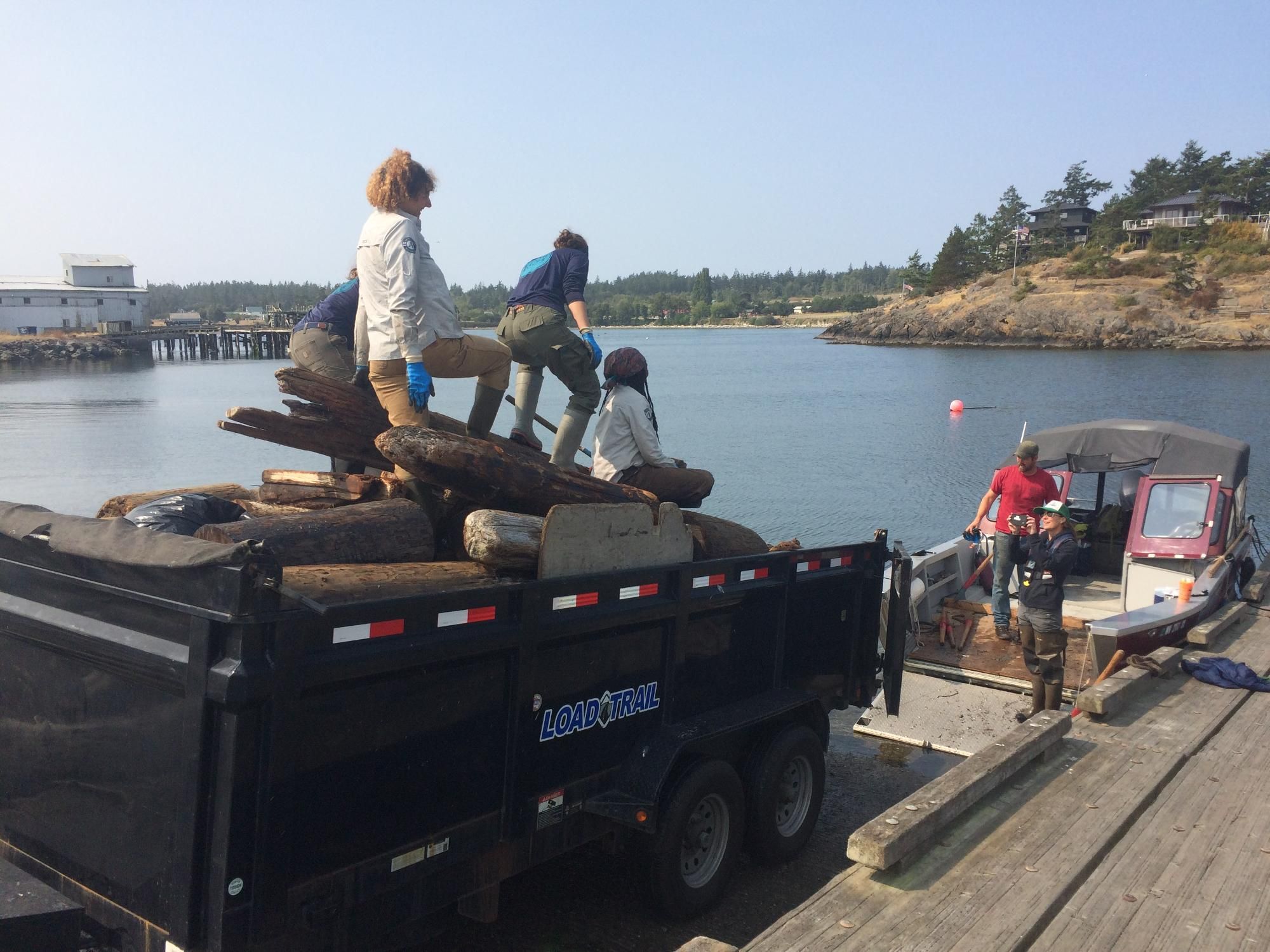
- Details
- By Native News Online Staff
The Samish Indian Nation announced its Department of Natural Resources (DNR) has passed the one-million pounds of debris in its efforts to clean up the waters and shoreline of Skagit County, Island County, Whatcom County and the San Juan Islands. The tribe said earlier this week 1,095,534 pounds of man-made toxins and objects, including creosote-treated wood, waterborne plastics, tires, derelict boats and more. have been removed from the water and shoreline.
“Our culture is directly tied to the environment around us, and preserving the land and water of the Salish Sea honors our ancestors and future generations alike,” Samish Indian Nation Chairman Tom Wooten said.. “The work the Samish DNR is doing preserves our cultural identity. Without the water and life within it, we have nothing.”
Since 2004, the cleanup of debris in the Puget Sound region has been a focal point of the WADNR's Restoration Program. Initially concentrated in the North Sound, this endeavor has now expanded to encompass regions throughout the Puget Sound.
The tribe’s DNR marine cleanup operations were conducted in collaboration with various entities, including the Washington Department of Natural Resources (WADNR), Washington Conservation Corps, Veterans Conservation Corps, and EarthCorps. The partnership between the Samish DNR and WADNR, established in 2014, has been instrumental in the cleanup efforts, with the Samish DNR providing landing crafts and manpower annually.

“Samish DNR focuses on preserving, protecting and restoring natural resources important to Samish Tribal Citizens for now and future generations,” said Matt Castle, Manager of Samish Department of Natural Resources. “The Samish DNR remains committed to the ongoing removal of debris from Samish Traditional Territory to ensure the Samish people and neighboring communities will be able to utilize the natural resources of the Salish Sea for years to come.”
Chairman Wooten reiterated the enduring commitment of the Samish people to stewarding their land and waters, ensuring a better environment for generations to come.
The collaborative efforts of Samish DNR, the Washington Conservation Corps, and WADNR will resume cleanup activities from June through August, utilizing the MyCoast app to document all marine debris collected. The public is encouraged to participate by downloading the app and reporting any sightings of marine debris, with all information gathered being shared with the Samish and Washington State DNRs.
This ongoing project will continue annually, contingent upon funding availability.
More Stories Like This
Trump signs law that revokes some limits on drilling in Alaska’s National Petroleum ReserveSouthern Sierra Miwuk Nation Gets 900-Acres ofLand Back
Chilkat Indian Village Tells New Palmer Mine Owners They Are “Not Welcome” in Chilkat Valley
Tribes, Coastal Group Ask Army Corps to Revoke Permit for Texas Export Terminal
Michigan Tribes Tell Supreme Court: Don’t Bail Out Enbridge
Help us defend tribal sovereignty.
At Native News Online, our mission is rooted in telling the stories that strengthen sovereignty and uplift Indigenous voices — not just at year’s end, but every single day.
Because of your generosity last year, we were able to keep our reporters on the ground in tribal communities, at national gatherings and in the halls of Congress — covering the issues that matter most to Indian Country: sovereignty, culture, education, health and economic opportunity.
That support sustained us through a tough year in 2025. Now, as we look to the year ahead, we need your help right now to ensure warrior journalism remains strong — reporting that defends tribal sovereignty, amplifies Native truth, and holds power accountable.
 The stakes couldn't be higher. Your support keeps Native voices heard, Native stories told and Native sovereignty defended.
The stakes couldn't be higher. Your support keeps Native voices heard, Native stories told and Native sovereignty defended.
Stand with Warrior Journalism today.
Levi Rickert (Potawatomi), Editor & Publisher


